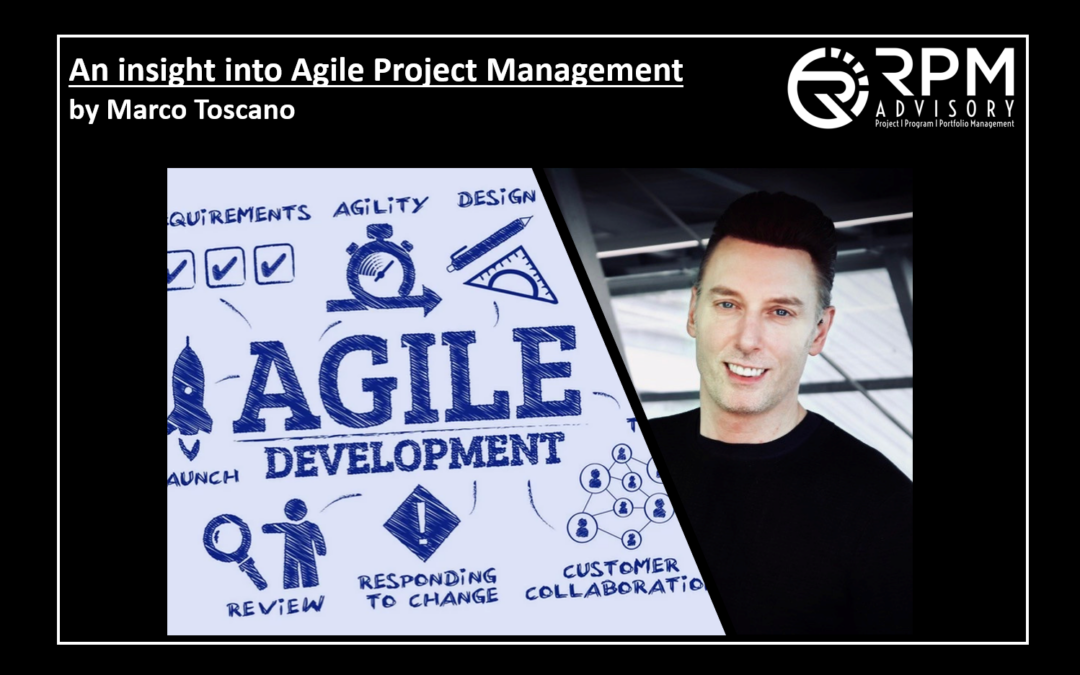The following article shall give you an overview of agile project management and its characteristics in general. If you have further questions don’t hesitate to contact us.
Agile project management is an incremental approach to project delivery that takes place across the course of the project’s life cycle. Iterative or agile life cycles are made up of multiple iterations or incremental steps that lead to a project’s completion. Because iteration allows you to adjust continuously rather than strictly following a fixed plan, iterative approaches are commonly used in software development and other complex projects to increase velocity and adaptability.
An agile or iterative strategy strives to deliver benefits throughout the process rather than just at the end. Trust, adaptability, empowerment, and close cooperation are ideals and behaviors in agile initiatives.
What are the principles of an agile approach to work?
Speaking of the principles of agile project management, the agile ideology emphasizes empowered individuals and their relationships, as well as early and consistent value delivery into an organization. Agile project management focuses on providing maximum value with the time and money allocated.
The following points show some agile project management principles:
- The project divides a need into smaller chunks, which the team then ranks in order of importance.
- Collaboration is encouraged in the agile project, especially with the customer.
- At frequent intervals, the agile project reflects, learns, and adjusts to guarantee that the customer is always satisfied and that benefits are delivered.
- Agile approaches combine planning and execution, allowing a company to develop a working attitude that enables a team to adjust quickly to changing needs.
The benefits of agile project management at a glance
- Agile methods empower people involved, increase accountability, promote a variety of ideas, allow to release benefits early and promote ongoing improvement.
- Agile methods can also be effective in promoting cultural change, which is important to the success of most transformation projects because changes are progressive and evolutionary rather than revolutionary. As a result, agility can also assist to create client and user involvement.
- Agile permits decisions to be tried and rejected early, whereas waterfall does not. Agile’s tight feedback loops bring benefits that waterfall does not.
I hope this brief Agile Project Management overview was helpful for you. Feel free to contact me on LinkedIn and to follow my blog for more agile impulses.
Best regards,
Marco Toscano
If you liked the article you should also check out our RPM Advisory page on LinkedIn and the following articles on the RPM Advisory blog.
Work smarter not harder! 12 easy to use agile quick-wins to boost your performance!
Agile Leadership 2021 – Be the change you want to see!
Scrum, Kanban, Design Thinking… nutzen Sie die richtige agile Methode in Ihren Projekten?!
———————————————————————————————————
About us:
Turning ideas into reality!
Good project management is more important than ever, to handle the high speed of change in the business and project world.
RPM Advisory offers consulting and support services for project management and agile/digital transformation topics. Your value is our focus!
For further information about our services etc. please send an email to: info@rpma.de


Recent Comments